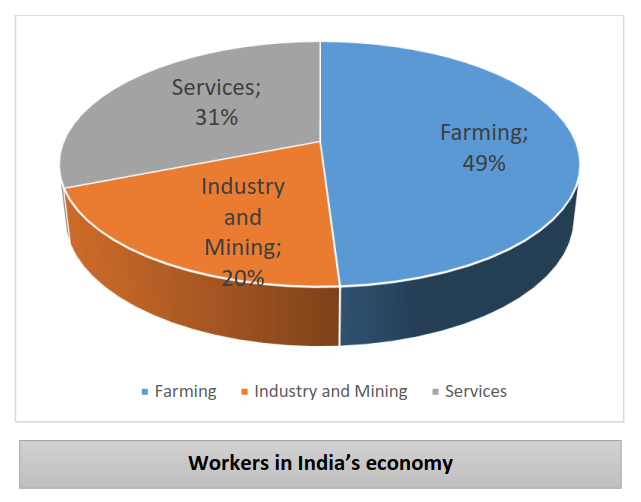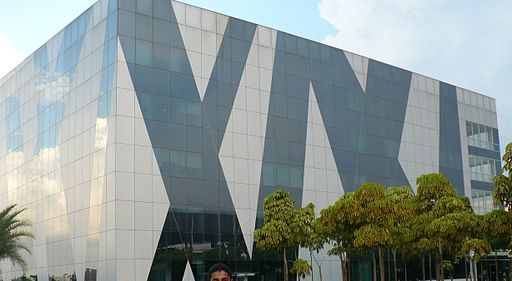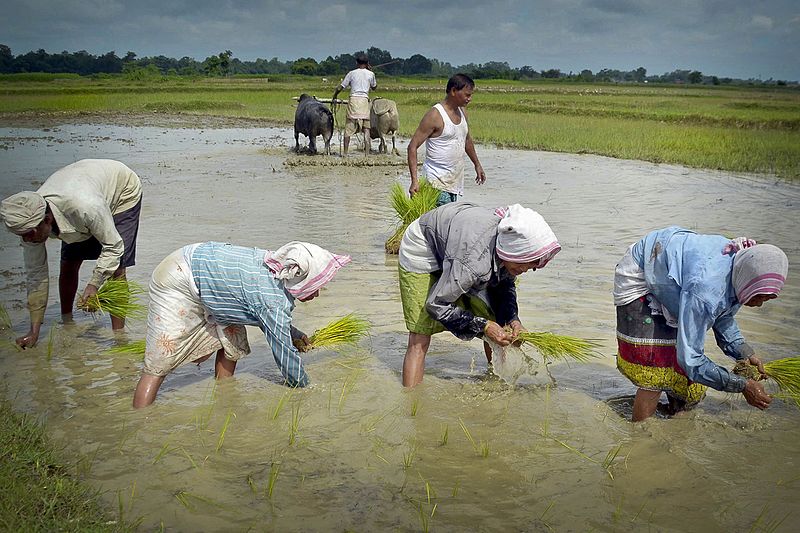English Across the Curriculum
Discover India
India's Economy
As one of the largest countries in the world India has a thriving economy. But because of the many people that live in the country, their average income is still very low. In the first decades after becoming independent, India’s government controlled much of the economy, making it very difficult for foreign companies to invest freely. In the few decades this has changed. India has chosen a more capitalist way to go.

Farming
Over half of India’s people get their income from farming. The most important products are corn, rice, sorghum and wheat. Other products include tea, cotton, sugar cane and jute.
The Green Revolution in the 1960s made it possible for India to provide enough food for its population. New technology in farming, hybrid crops, the use of fertilizers, irrigation programs and more automation improved the quantity and quality of crops that farmers got from their land. India’s farms are small, mainly because they are split up among the children of a family when their father dies.
Cows are sacred animals in India and people respect them. As Hindus are not allowed to eat beef the south Asian country has almost a third of the world’s cattle. Cows can be seen roaming the streets almost everywhere. In many rural areas they are still used to plow the fields.
Industry and Mining
India is one of the world’s biggest producers of iron ore and coal. As a result, the iron and steel industry is a basis for producing cars and other vehicles, ships and electrical goods. Although the textile industry is a traditional sector of the economy that the British built up, many clothes are still produced at home. Handicraft and hand-made jewellery are sources of income for millions of people.
The chemical industry is one of the fastest growing in India. Almost 13% of the country’s GDP comes from this part of the economy. It also caused the worst industrial accident in history. In 1984 a poisonous gas escaped from an American chemical plant in Bhopal, killing 20,000 people. A few years later the American company paid almost 500 million dollars to the victims and their families.
The Service Sector
In the last decades India has experienced a boom in the service sector. Today about half of the country’s money comes from it. India has a great reputation in the computer sector, producing millions of IT experts, who are welcomed all over the world because of their great skills. Software and computer technology from India have become very popular. Western companies hire these experts because they are cheaper than laborers at home.
In addition, India has become the world capital of call centers. This service is very popular in the west, especially among British and American firms. Other expanding areas of the service sector include telecommunications and banking.

Infosys - one of the leading IT companies in the world
Image: Indianhilbilly / CC BY-SA
Transportation
India’s state-owned railway system goes back to the British colonial government of the 19th century. The British exploited India’s raw materials and built a big network of railway lines to get them to the coast. Today, millions of people travel by train, one of the cheapest ways of travelling, and the only means of transport that poor people can afford.
Although the Indian government has built many new roads in the past, a large number of Indians are still are without cars. Especially in rural India people often walk long distances and use carts for transport. Rickshaws are widespread in many Indian cities.
Energy
About 70% of India’s energy comes from burning fossil fuels. The country must import oil and gas to meet its energy demands. India also plans to increase the number of nuclear power stations, even though the Fukushima disaster has raised questions of the safety of nuclear energy. As the economy increases at a fast pace it is doubtful whether India’s electricity production can keep up.
Economic Problems
Even though India has made large steps in economic growth, many problems remain unsolved. Growing bureaucracy, unemployment and corruption are only a few. In contrast to the days when many Indians left their country to work in the developed world, more and more are coming back to settle down hoping to achieve a better standard of living in their home country.


